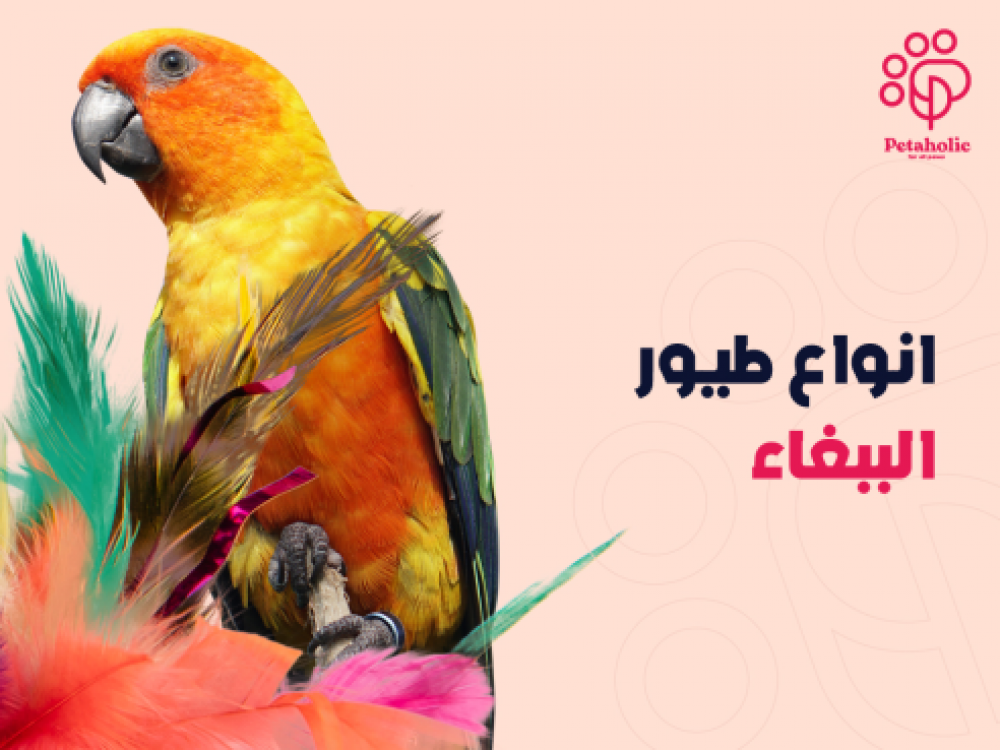
When you think of a parrot, you might picture a bird with bright red, orange, green, and gold plumage. However, this is not the only parrot stereotype of these wonderful birds. In fact, there are over 350 species of parrots. In this guide, we offer you the best types of parrots that you can raise at home and how to take care of them. At Petaholic we also provide you with the best bird and pet supplies.
What are the best types of parrots that can be raised at home?
Budgies
Budgies are the most popular type of domestic parrot. Budgies are characterized by quiet and pleasant sounds. They average around 18 cm in length, and usually live from five to eight years, although some may live up to 10 or 12 years with proper care. These parrots are affordable, easy to tame and control, and enjoy sharing cages with other parrots, as well as exercising and socializing outside of their cages with humans.
curlews or cockatiels
These birds are usually very happy, friendly, and generally adaptable, and they don't get upset with change. They are also relatively inexpensive to buy and raise at home. These parrots grow to about 30 cm in length, and can live from 15 to 20 years or more. Their relatively small size means these birds are quieter than some of the larger parrot species, but cockatiels still like to make noise sometimes.
macaw parrot
This type of parrot is a highly intelligent bird that is characterized by social interaction with humans and forms a strong bond with its owners. With proper care, large macaws can live 40 years or more, and generally grow to about 36 inches from head to tail. You also need several games and plenty of room to move around. Macaws can make excellent companions for life, and these colorful birds can be taught to mimic words. However, they can be quite noisy, and are often very messy.
The African Gray Parrot is one of the largest species of parrot
The African Gray Parrot has remarkable mimicry skills that are unparalleled in the parrot world. Measuring 25 to 35 cm in length, these highly intelligent birds need to be kept mentally stimulated with entertaining companionship and lots of tricks and games. Other than that, they could get bored. So this type requires a lot of care, and can live for more than 40 years. It is therefore excellent for people who are serious about having a companion they care about, and who will reward them with lifelong loyalty in return.
Among the featured products that we recommend to all parrot lovers:
How to raise a parrot and take care of it in the best way possible
The way in which the parrot can be raised and taken care of is as follows:
Choose appropriate cages
When it comes to choosing the right cage for your parrot, there are many designs and styles available to suit all parrot species at different prices. While there are no right and wrong cages, the simple design will be easier to clean and maintain. Remember that a parakeet will treat its cage as its own territory and will be happy to spend large portions of the day in it. Therefore, the cage should be as spacious as possible. It should also allow the bird to at least be able to spread its wings.
The bottom of the cage should also be covered with something that can be changed regularly. This can be shredded paper or sawdust, but sawdust tends to fly up and make a mess around the cage. So the best floor covering is old newspaper and it can easily be changed daily.
cage location
The location of the cage is also very important. Parrots are extremely sensitive to fumes and gases that arise from cleaning products, insecticide sprays, fresh paint, cigarette smoke, cooking gas, boilers, vehicle exhaust, etc. Therefore cages should not be placed in the kitchen because the fumes from daily cooking can be fatal. Cages should not be placed in windows or near entrances to homes, due to the risk of drafts, nor should they be placed in direct sunlight to avoid overheating of the parrot.
Proper nutrition
Adult parrots should eat primarily a well-balanced diet based on fruits, seeds, and vegetables. In addition, they love to eat cooked rice and bread soaked in some milk. In specialty stores, such as Petaholic, you will find parrot food that is specially formulated with the nutrients these birds need. These feeds mostly consist of seeds, fruits, grains, vegetables and vegetable oils rich in vitamins and minerals.
If you want the best nutrition for your parakeet, you can give it 50% parrot food and 50% fruits and vegetables. Fruits should be varied, and when it comes to very sweet fruits like bananas or peaches, they should not be offered frequently. Also, among the vegetables we recommend for your parrot are carrots, broccoli, celery, and cauliflower. You should consume some vegetables like lettuce twice a week at most. Other foods that can be dangerous for a parrot and should be avoided, such as sweets, coffee, salty foods, and parsley.
Some of the parrot feeds we highly recommend at Petaholic are:
- Zolux Nutrimil 3 parrot food 700g
In the end, the decision to raise a parrot at home should be well thought out, and you should know everything related to caring for this delicate creature that needs special care. By following the tips mentioned in this guide, it will be very easy. We also made it easier by providing all bird supplies at the best prices on Petaholic.
We also have:

